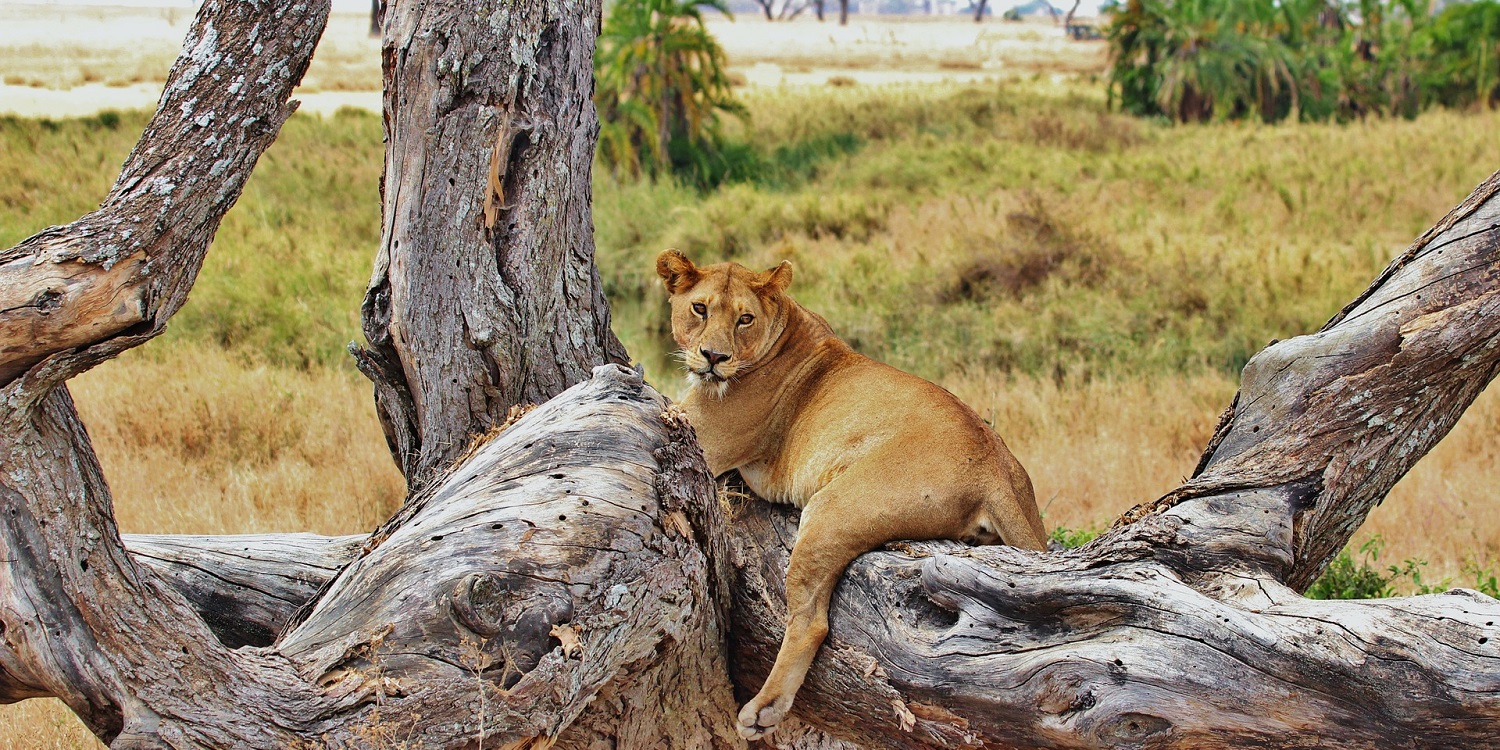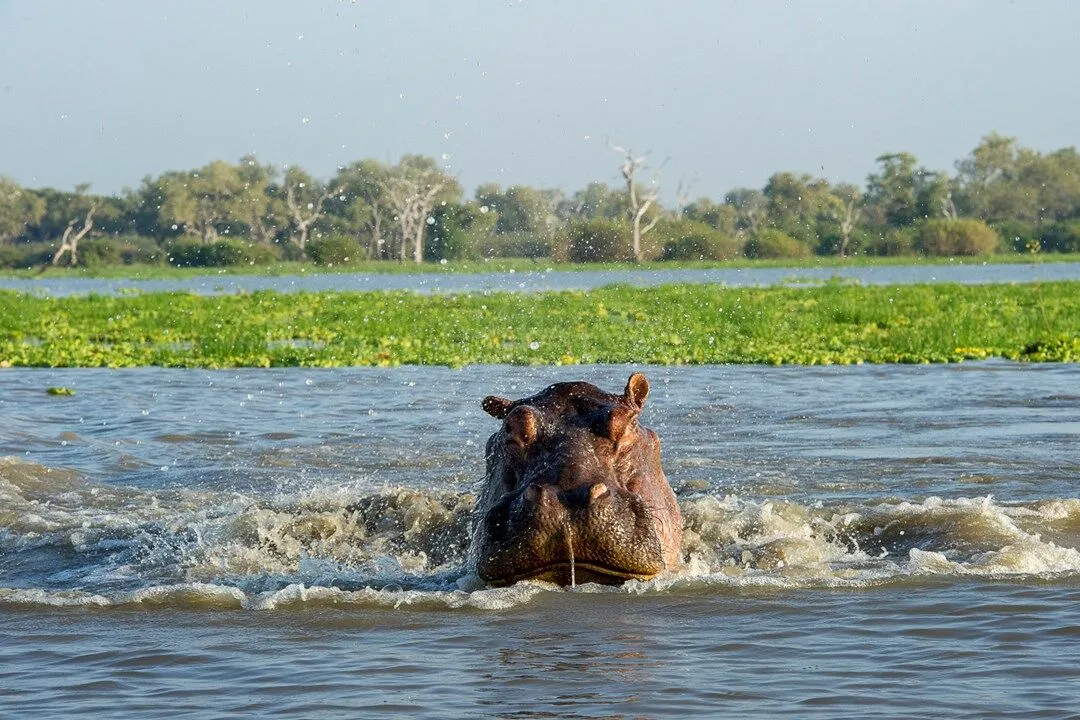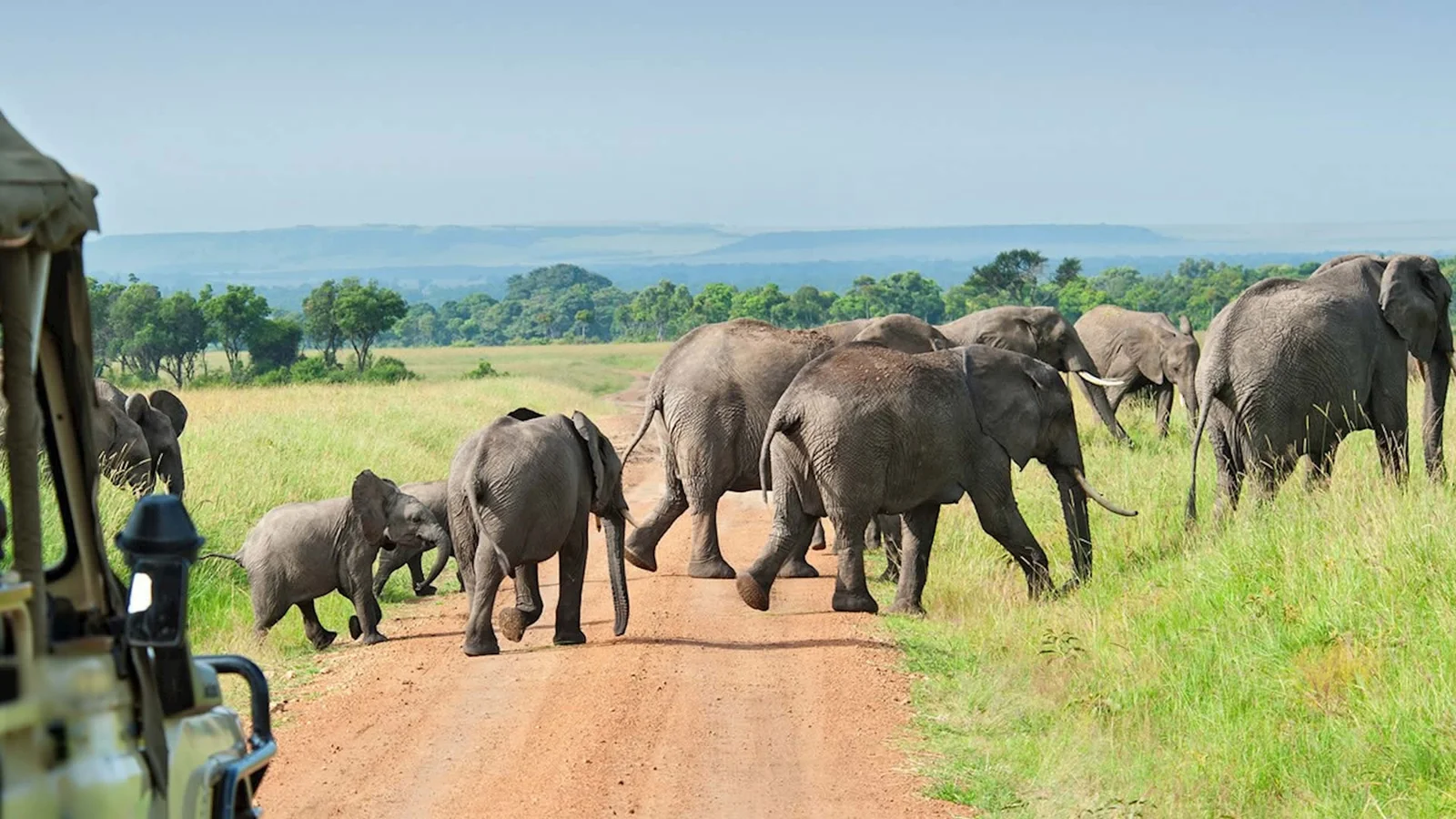Selous Game Reserve: Now renamed as Nyerere National Park (in-part), is a protected nature reserve and wilderness area in southern Tanzania, East Africa. It covers a total area of 50,000 km2 (19,000 sq mi), with additional buffer zones, as well. It was designated a UNESCO World Heritage Site in 1982, owing to its high levels of biodiversity and vast, undisturbed natural landscapes, such as the grasslands and the miombo woodlands habitat. History: The area was first designated a protected area in 1896 by the German Governor of Tanganyika Hermann von Wissmann, and became a hunting reserve in 1905. Since 2005, the protected area has been considered a Lion Conservation Unit. A boundary changes to allow the use of uranium deposits has been approved. The approval for the boundary change was given by UNESCO and seriously criticized by environmentalists and organizations e.g., Uranium-Network and Rainforest Rescue. The reserve is home to large numbers of elephants, black rhinos, cheetahs, crocodiles, hippos, and wild dogs. Despite its protection, poaching, environmental degradation, and human-wildlife conflict continue to be a problem.
Interesting sites in the park include the Rufiji River, which flows into the Indian Ocean opposite Mafia Island, and Stiegler Gorge, a canyon measuring nearly 100 metres deep by as wide. Varied habitats include grassland, typical Acacia savanna, wetlands, riverine and riparian zones, and extensive miombo woodlands. Although total wildlife populations are high,the reserve is vast; densities of observable animals may be lower than in the busier parks in Tanzania’s northern tourist circuit (such as the Serengeti). In 1976, the Selous Game Reserve contained about 109,000 elephants, then the largest population in the world, by 2013, that number had dropped to about 13,000 animals, including a sharp 66% drop just between 2009 and 2013 (an approx. 10-11% decrease per year for those six years). Most of the reserve remains set aside for game hunting solely through a number of privately-leased hunting outfitters, but a section of the northern park along the Rufiji River has been designated a strict photographic wildlife zone and is a more popular tourist area. There are several high-end lodges and camps for visitors situated along the river and lake systems; somewhat difficult to access by road, most visitors arrive by small aircraft from Dar es Salaam, though train and car arrival is also possible. Walking safaris are offered in the Selous (something not every park allows), and boat trips on the Rufiji are another popular activity.
Book Your Safari


